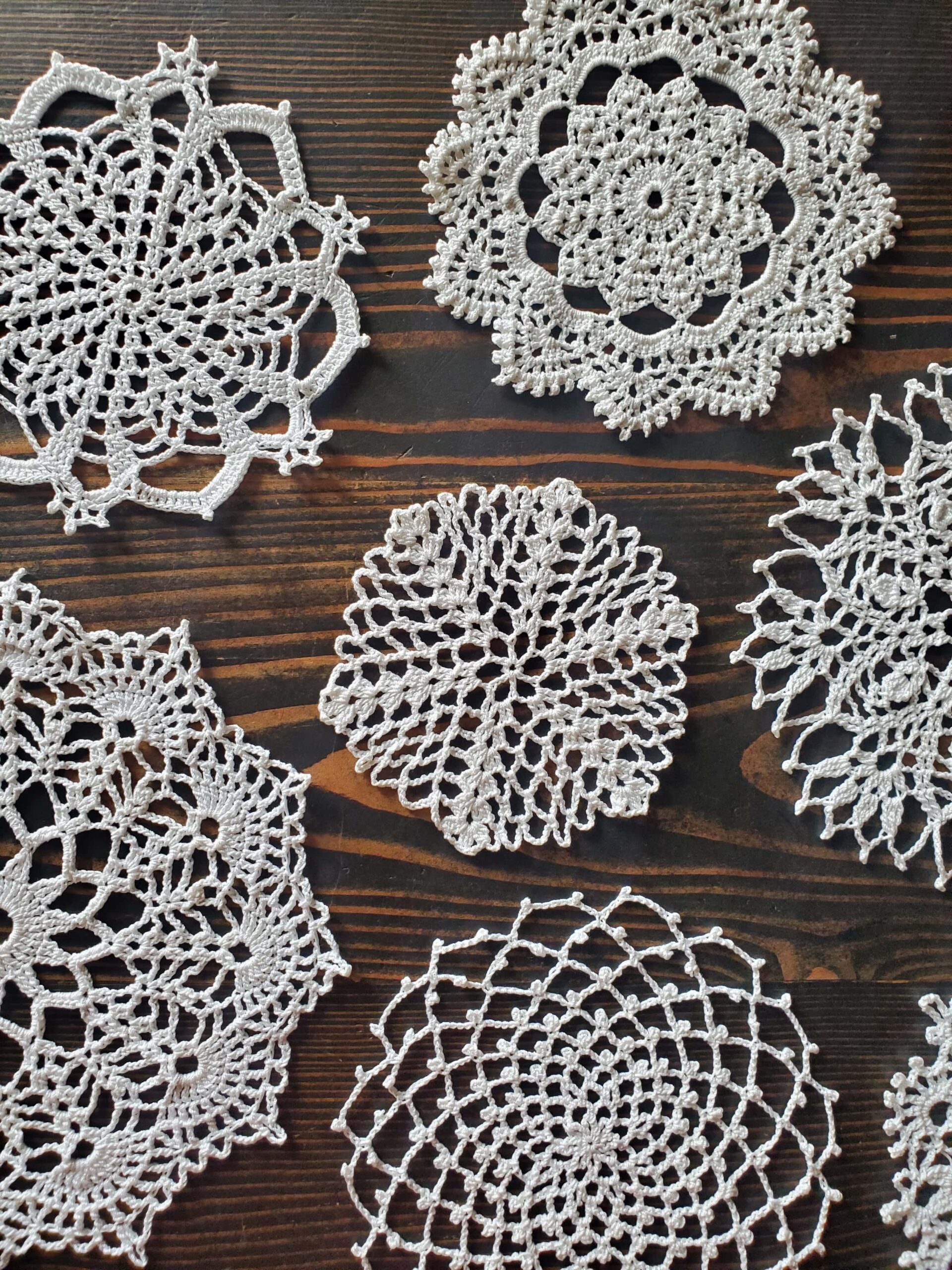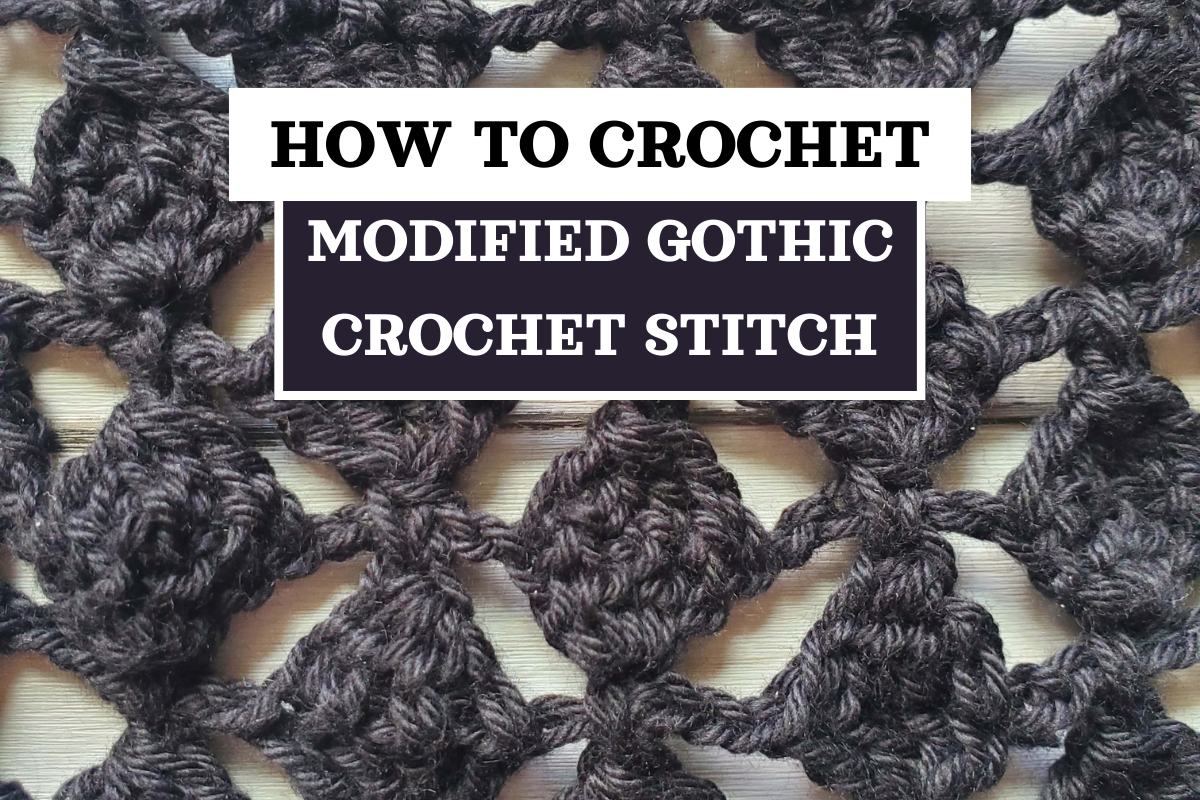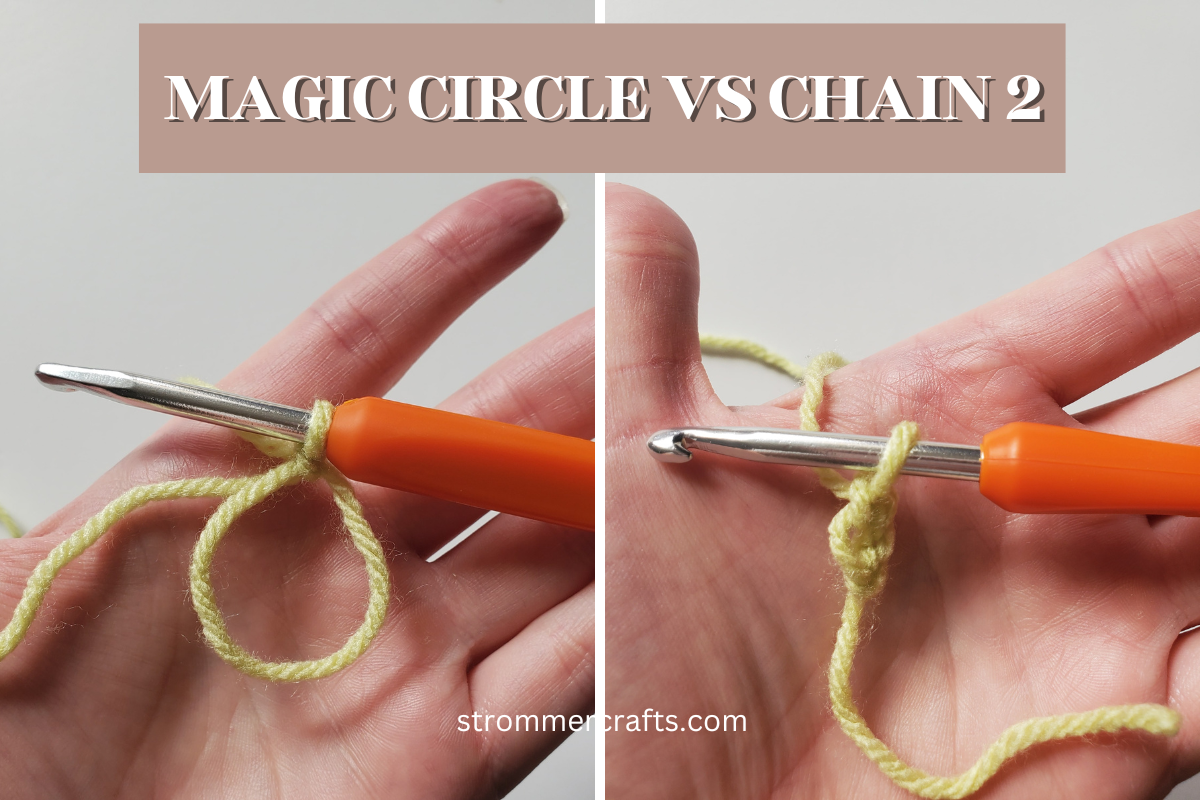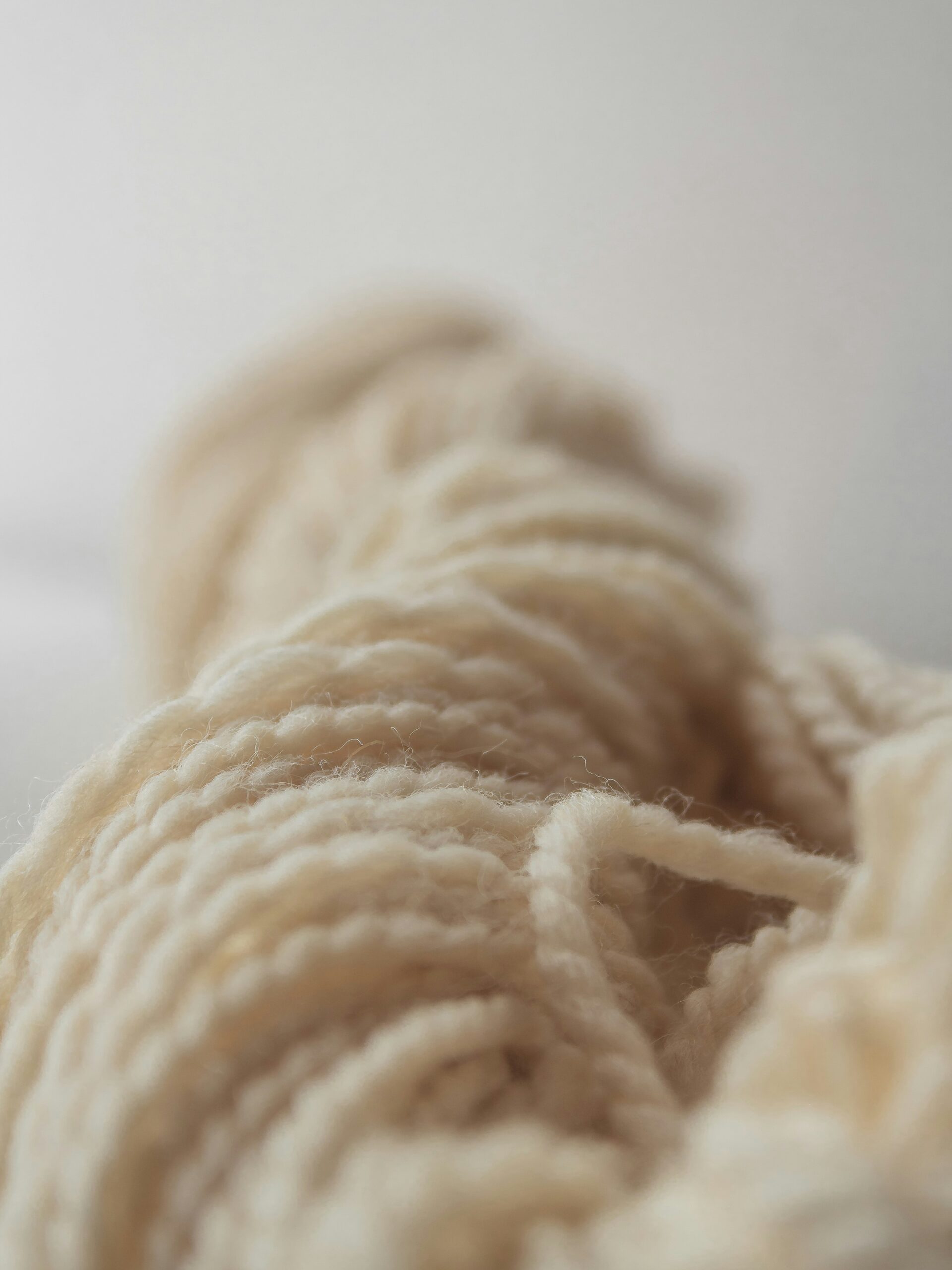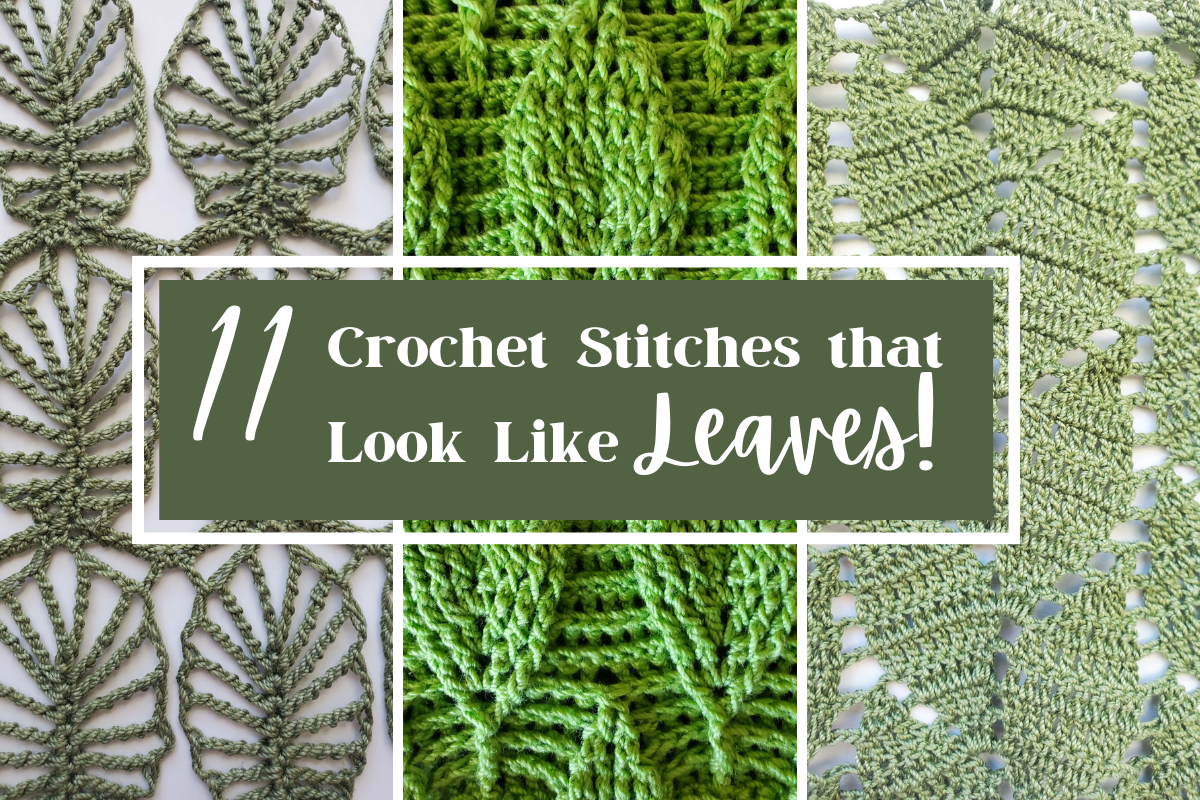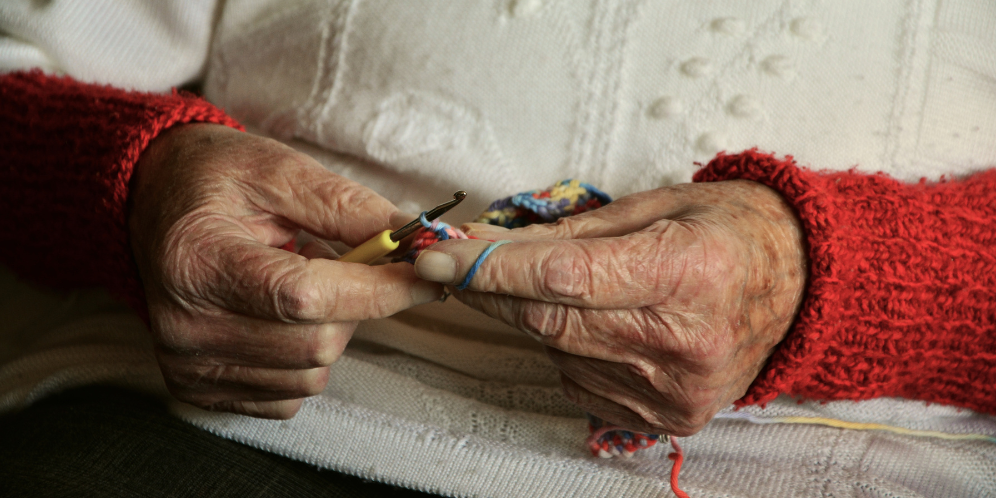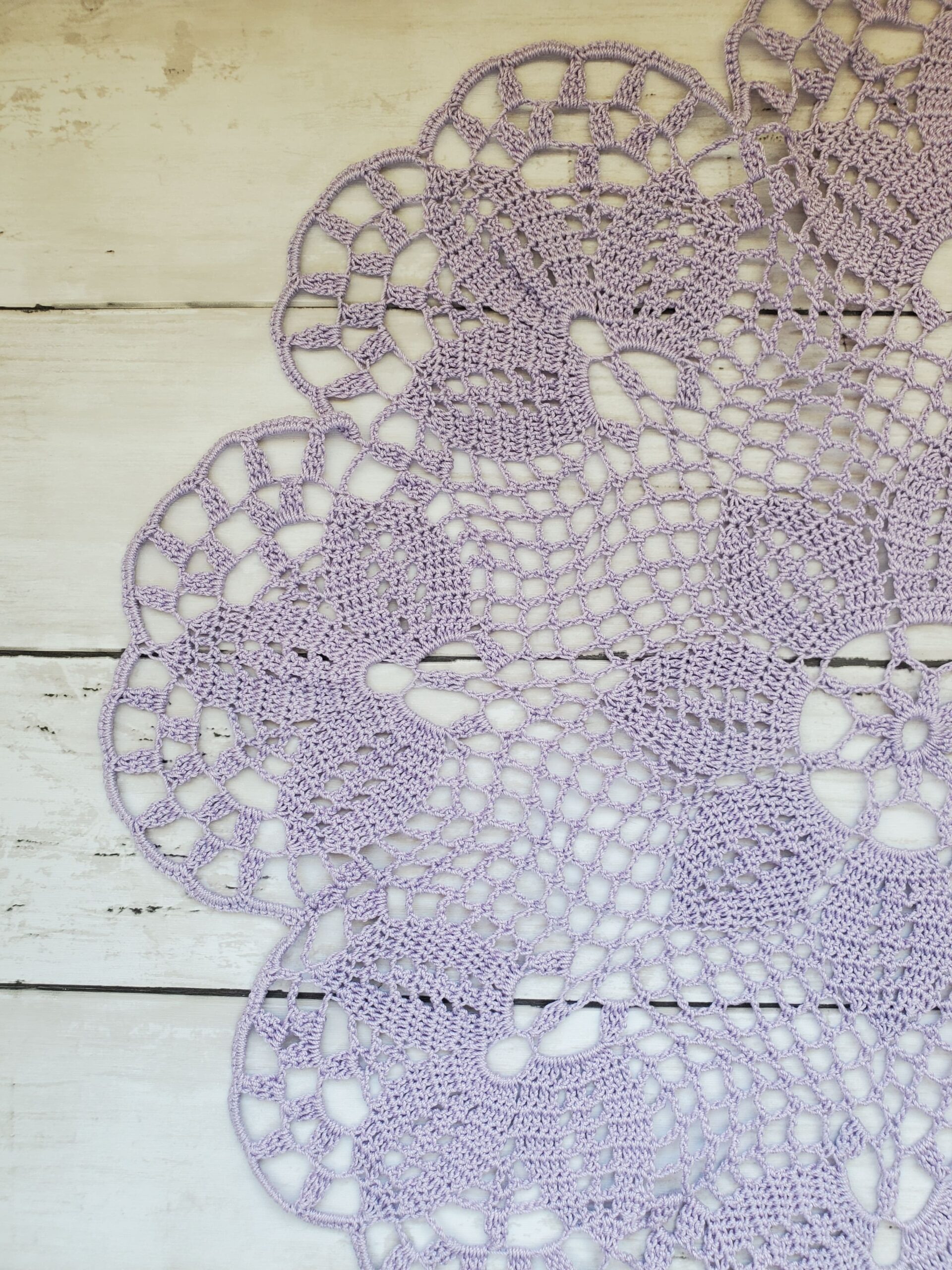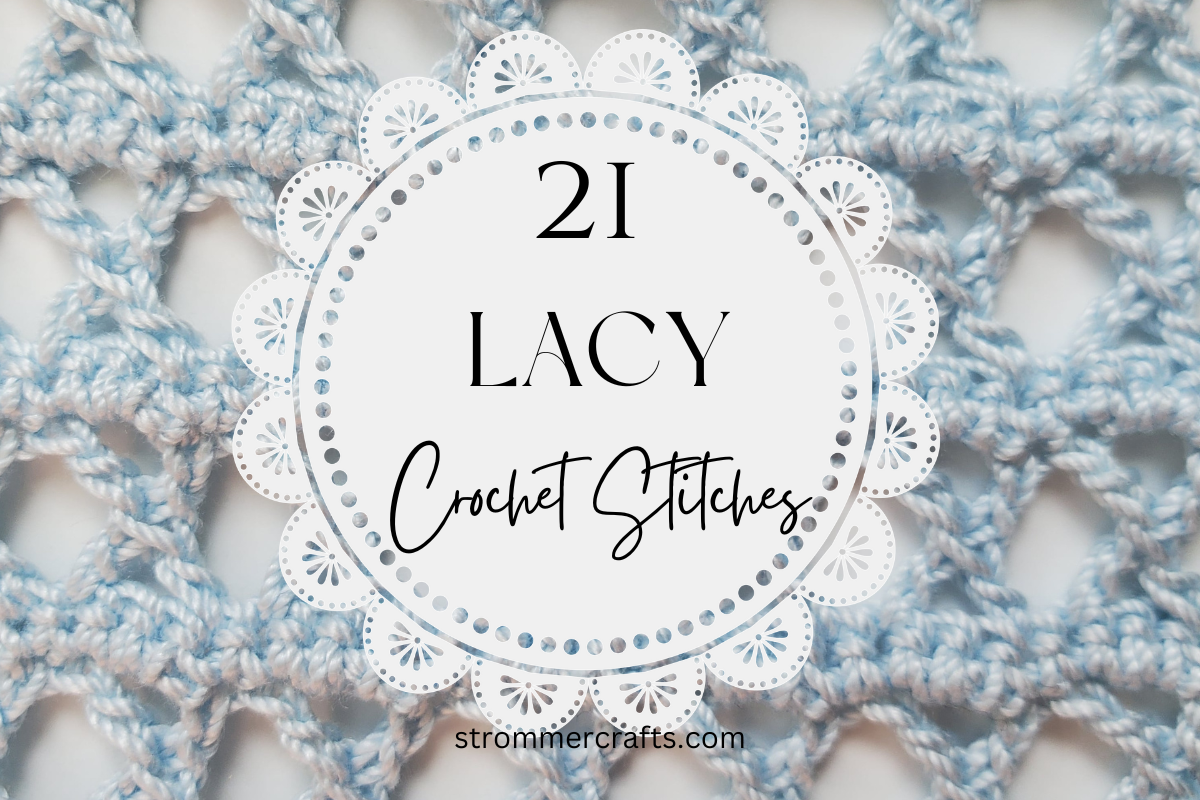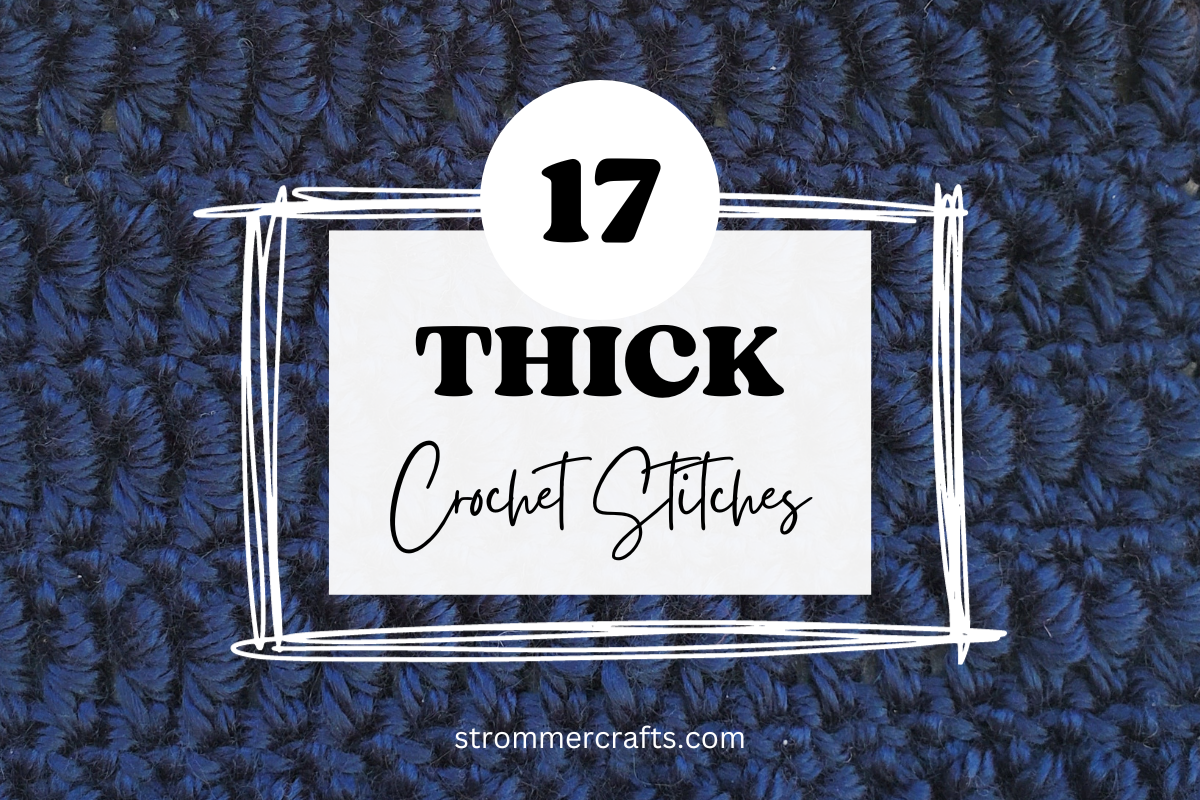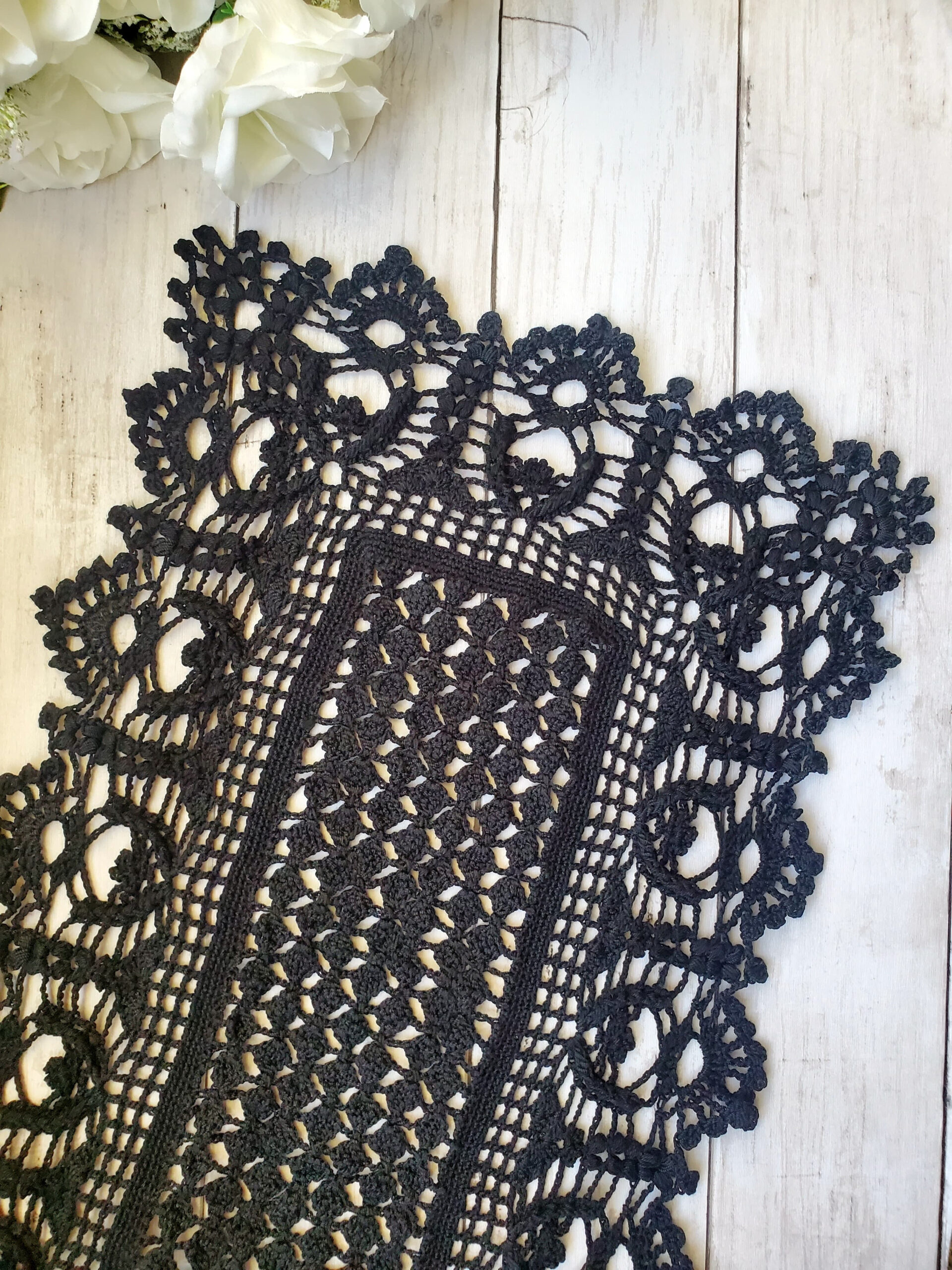15 Small Crochet Doily Patterns
Hey everyone! Today, I’ve got a fantastic lineup of 15 Small Crochet Doily Patterns for you, and guess what? They’re all absolutely free! If you’ve been honing your crochet skills and are ready to tackle some doilies, this list is perfect for you.
Now, let me tell you, these small crochet doilies are some of the coolest finds I’ve stumbled upon on Pinterest. They’re all presented as crochet doily diagrams or charts, so if you’re not familiar with reading crochet charts, a quick Google search for a key will definitely be your friend to help you along the way.
Here’s the thing about doily patterns on Pinterest: there are tons of them out there, but surprisingly few come with written instructions! But don’t let that discourage you. Trust me when I say that you’ve got this! Even if you look at a crochet doily diagram and think, “OMG, this looks nuts,” just believe in yourself. If I can do it, you can too!
The great thing about these diagrams is that they transcend language barriers. So regardless of where someone comes from or what language they speak, everyone can understand the pattern.
Related Posts:
- 13 Beautifully Gothic Crochet Doilies
- 15 Crochet Spring Doilies
- 30 Beautifully Delicate Crochet Snowflakes
Please note that some of these links may be affiliate links. That means that if you click on these links and make a purchase, I may receive a commission at no extra cost to you. You can find more information about our disclosure policy here. Thank you for your support.
What do I mean by “small” crochet doilies?
All the doilies listed below are 12 rounds or fewer (with most of them being about 9 rounds), and with a diameter ranging from 5-9.5.” I obtained those measurements by using a 1.65mm crochet hook and crochet thread.
These small crochet doily patterns would be perfect for placing under a vase of your favorite flowers or used as coasters with a refreshing cup of tea.
Should small crochet doilies be blocked?
I definitely recommend crochet doilies (of any size) to be blocked if you want them to be displayed for people to see.
I like to use just plain water to block my doilies, but if you want to have them stiff, you’ll need to use a starch solution.
I block my doilies on a blocking mat with pins, but if you don’t have one, a cardboard box or a pizza box will do the trick.
What kind of yarn should you use?
You can use whatever size or type of yarn you prefer for these crochet doily patterns, however I recommend using crochet thread size 10 yarn, which is what I used for all the doilies below.
Crochet doilies are usually made to look like lace and this type of yarn will do just the trick.
Plus if you use a yarn that is a bigger size, your crochet doilies probably won’t end up being so small!
What size hook should you use?
Size 10 crochet thread is pretty tiny, so you’ll need a tiny crochet hook to go with it. I am using a 1.65mm crochet hook, however I believe that on the roll of Red Heart Classic Crochet Thread, it suggests using a 1.5mm crochet hook.
I like to use the 1.65mm crochet hook because it’s just a little bit bigger than the recommended 1.5mm. I found that I could yarn over more easily with that size, but you might not have the same problem I do!
Okay, so now that we have some of that in mind, let’s go ahead and jump into this awesome list of 15 Small Crochet Doily Patterns!
Materials Used:
- 1.65mm Crochet Hook
- Red Heart Classic Crochet Thread in White 1000 Yards
- Scissors
- Tapestry Needle
- Blocking Board (optional)
- Pins (optional)
#1 Small Crochet Doily Simple Pattern


This wonderful, lacy crochet coaster pattern works up quickly in just 7 rounds. While the link provides a chart-only pattern, rest assured it’s easy to follow. I love how simple, but delicate this doily is. Once completed, the coaster will have a ruffled edge, so I highly recommend blocking it to ensure it lays flat.
#2 Easy Round Small Crochet Doily


Another small crochet doily pattern from JPCrochet, this one is completed in just 11 short rounds. Like the previous pattern, this one is presented as a crochet chart without a written pattern available (at least not that I found). However, fear not, as it’s easily readable. The Easy Round Small Crochet Doily is constructed by single crocheting into the chains of the previous rows, and as you progress through the pattern, you’ll add chain 3 picots for added flair.
#3 Circular Crochet Motif


This lacy, circular crochet motif is completed in just 7 rounds. I adore how this cute little crochet doily resembles a delicate flower. While I struggled to identify the original creator of this doily, I’m keen to credit them appropriately, so if anyone knows, please reach out! To create this doily, you’ll need to feel confident working with treble crochets and decreasing through treble crochets, as this is how you’ll finish the tips of the flower petals.
#4 Beautiful Small Crochet Doily


This beautiful small crochet doily is yet another pattern I stumbled upon on Pinterest, but unfortunately, I couldn’t find the original creator! While there are no written instructions available, the chart is included in the image. To begin, you’ll chain 8 and join to form a circle, then work 24 double crochets into that circle and build from there. My only gripe with this chart is that it doesn’t specify how the starting chains should be worked up, and I wasn’t quite sure what the circles at the very last row were meant to be, so I improvised with chain 3 picots—turned out pretty cute, though! Despite these minor hiccups, this doily is undeniably beautiful!
#5 Doily Lace by Anabelia


The Doily Lace crochet pattern by Anabelia is a 12-round doily that begins with a captivating starburst shape and concludes with beautifully intricate lacy shells. This doily would be ideal for placing under a lovely vase filled with your favorite flowers! Once more, this pattern is presented as a chart-only format, and unfortunately, the original post for this small crochet doily pattern by Anabelia is unavailable. However, the provided link offers a clear picture of the chart to guide you through the creation process.
#6 Crochet Circular Doily Design 51D


This crochet doily is completed in just 7 rounds! Throughout this pattern, you’ll be crocheting double and treble clusters of three. These clusters emanate from the center, resembling delicate flower petals or leaves towards the end of the doily. To finish, this tiny crochet doily is adorned with a row of single crochets and chain three picots.
#7 Small Flower Doily


This crochet doily pattern features a charming 6-petaled flower motif, completed in just 8 rounds. Throughout this pattern, you’ll expand your petals using double crochet increases and conclude with double crochet decreases to shape the tips. In the final round, you’ll adorn your doily with three double crochet clusters encircled by chains and a cute little picot at the top.
#8 Delicate Round Crochet Motif


The Delicate Round Crochet Motif is a beautiful small crochet doily. This chart guides you through creating a series of double crochets to start, which then evolves into clusters, shells, and a mesh border, similar to the last round of pattern #7 in this list. With only 9 rounds, this crochet doily pattern would be perfect as a coaster or accessory.
#9 Crochet Doily Diagram Pattern


This small crochet doily, crafted by NoitkaLand, features an elegant design completed in just 6 rounds. It incorporates a variety of mesh stitches, utilizes treble crochets, clusters, and showcases a unique shell stitch in the final row.
#10 Unknown Small Doily Pattern


Unfortunately, I couldn’t trace the original creator of this crochet diagram or locate a clear picture of it. However, I can still offer some insight. If you’re drawn to this 6-round crochet pattern, it seems that the center begins with 8, 3-treble clusters separated by chain 6 spaces. While it’s challenging to discern whether the clusters in later rounds are made with double or treble crochets, I opted for double crochets in the image above for my doily. Despite the difficulty in interpreting parts of the diagram, I’m really fond of the unique appearance of this doily.
#11 Crochet Motif with Clovers


The Crochet Motif with Clovers is a fun, 9-round doily adorned with eight cute, three-leaf clovers. If you reach the clovers and aren’t quite sure how to create them, here’s a written guide from me to you (you’re welcome!): Start by chaining 6, then work a 2 double crochet cluster into the 3rd chain from the hook. Chain 3, slip stitch into the same chain you clustered into, repeating this sequence 3 times. Finally, chain 3 and single crochet into the chain space to complete the stem. I find this small crochet doily really captivating; I’ve never seen one with clovers quite like this before.
#12 Doily 1 Pattern


The Doily 1 Pattern is completed in just 9 short rounds. This doily guides you through crocheting long chains to form the 12-petaled flower in the center, followed by a cluster border, a few rounds of mesh stitches, and finished with treble crochet shells.
#13 Small Flower Crochet Doily


Making this floral crochet doily was an absolute delight. Completed in just 9 rounds, it blossomed into a beautiful, lacy creation. At its center lies pretty 8-petal flower, while the final round features 4 petals separated by long chains and picots, adding a delicate finishing touch.
#14 Easy Small Crochet Doily Pattern


The Easy Small Crochet Doily Pattern is a lovely little doily. The diagram for this doily is available in the link above. Completed in 9 rounds, it evolves in an interesting manner. The center of the doily showcases a unique ribbing design that gradually transitions towards the ends, which reminds me of a snowflake. Unfortunately, the creator of this pattern remains a mystery, and the diagram provided may be a bit blurry. In the last round, those dark teardrop icons are likely picots. Although the exact number of chains within them is unclear, I opted for chain 3 picots in my sample.
#15 Mesh Star Doily


The Mesh Star Doily is an amazing doily design! I love how the 8-pointed star is delicately surrounded by a mesh border. This small crochet doily pattern is completed in just 9 rounds. For those who may be new to reading crochet diagrams, fear not! This pattern utilizes little black rectangles to represent single crochets, while the numbers indicate the number of chains required. To begin this doily, start by chaining 15, then slip stitch into the first chain to form a circle. From there, work 28 single crochets into the circle. With this solid foundation, the rest of the pattern should be a breeze to follow!
I hope you enjoyed this list of 15 Small Crochet Doily Patterns and that they get you inspired for your next project!

